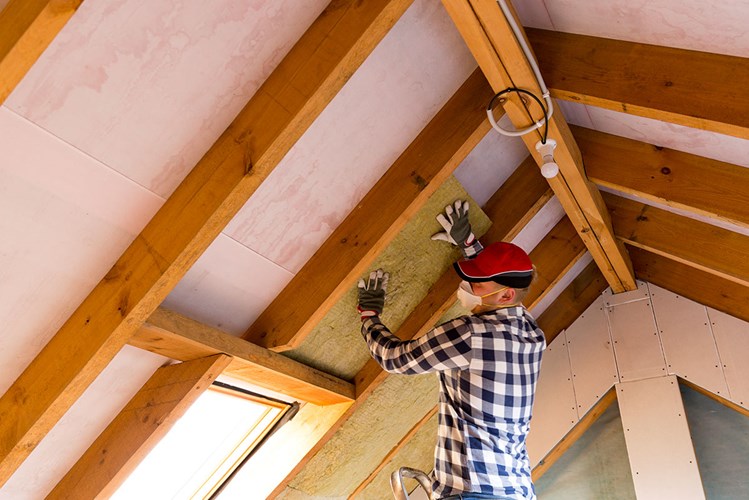All About Proper Home Insulation
By Exterior Medics
A lot of people don't worry about their home insulation. They purchase a home and assume it's well-insulated, and while they may notice their energy bills creeping upwards, they believe that it has more to do with energy or gas prices. But insulation can make a dramatic difference in not only the cost but also the comfort of your home.
What is insulation?
Insulation is an essential part of the home. It's measured by something called an "R-value," which is the amount of energy that can transfer from side to side. Insulation keeps warm things warm and cold things cold, but it's doing the same thing: maintaining temperature. During the winter, insulation is essential to keep the cold out. During the summer, it traps the cold air inside.
There are two things you need to be concerned about when it comes to insulation: the materials and the gaps around them. First, you have to know how insulating your walls and roof are. Second, you have to assess whether there are gaps around windows and doors. Both can cause problems with insulation.
The better your insulation, the more comfortable you are. Even if you have a top-notch HVAC system, you're going to experience temperature fluctuations with poor insulation. Better insulation also saves you money because your cooling and heating system doesn't have to run as frequently.
How does insulation work?
The sun on your roof and walls can heat an attic to 160 degrees. The outer shell of your home is what affects the temperature inside. Insulation creates a barrier to heat and cold so that the interior temperature can stabilize.
Different types of insulation are more effective than others. Older homes generally have less insulation than newer homes. Materials available today are much better at insulating than they were in the past, and they are much more energy-efficient.
What are the types of insulation?
Fiberglass, cellulose, and foam insulation are all common types of insulation. Fiberglass comes in batting, which can be installed within walls and over attics. They come in both large sheets and rolls. Cellulose insulation is usually a loose-fill, often known as "blown-in," insulation. Cellulose usually has a better R-value than fiberglass, though fiberglass is easier to install. Finally, foam insulation is a foam that expands to fill the space. Foam insulation is particularly good at filling already-built walls.
For attics, many homeowners use blown-in insulation. Foam insulation is best for pre-existing spaces. But it all depends on the area you're insulating and your goals.
What about sealing air leaks?
As mentioned, the actual insulation is only one factor. It would help if you also made sure to seal any air leaks in your home.
- Invest in better doors and windows. Doors and windows have experienced some significant upgrades in the past decade. Investing in doors and windows with better insulation can immediately improve the comfort of your home. During hot or cold days, check to see whether the temperature seems to be warmer or colder near the windows and doors.
- Check around doors and windows for air gaps. The easiest way to see gaps around doors is to turn off all the lights during the day. If you can see the light around your doors, you need to fill gaps. Buy weather stripping at your local hardware store. Many homeowners don't realize that weather stripping can "go bad" after a few years—the rubber gets old and rigid and doesn't work as effectively.
- Consider installing new siding. Siding can immediately improve the insulation of your walls without having to go into your walls and install new insulation. New siding also protects your home from damage and improves its appearance.
Once your home is well-sealed, you'll have less escaping air, which will help you balance your home's temperature more effectively.
Home insulation can be a deceptively complicated topic. But it's worth it to invest a little extra funds into your home now to save money long-term. When you're ready to discuss upgrades, the experts at Exterior Medics are here to help.